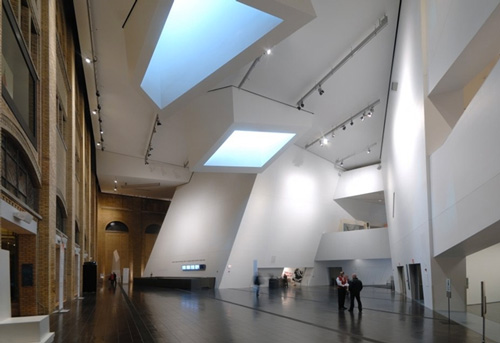Construction News
- Underwater City Planned
- MEP Awards 2014 Winners
- Building Team Awards 2015
- Aon Risk Portal
- Construction Bidding Process
- Qatar $5bn Road Projects
- Energy Efficient Glass
- Omani Water Project Tender
- Great Britain Island in Dubai
- Qatar Fifa World cup 2022
- A Socratic exercise
- Top Emporis Skyscraper
- Read More News
Estimating Tutorial
- Concrete and Masonry work
- Flooring Estimating
- Plumbing Estimating
- Paint Job Estimating
- Roof Cost Estimating
- TakeOff with Bluebeam
- Bluebeam Revu
- Formwork Material Quantity Take-off
- Install Fiber-Cement Siding
- How do you work out the construction costs
- Framing Material Takeoff
- Find More Tutorials
Evidence-Based Design Where it Counts
These ideas would be central to the human experience and give us general understanding of a building’s use just from its general form.
As time progressed and people’s needs started to become more important, buildings were built to be more attuned to the needs of the users.
The first to do this successfully may have been Le Corbusier with his Unite d’ Habitation where through a humanistic approach, managed to change perceptions on how people could live in a multi-storey apartment setting. This end user focus is extremely important for a piece of architecture to thrive as it then develops a relationship with said users, who eventually foster the need to take care of the building.

Evidence-based design focuses its energy in stressing credible evidence for design decisions. It means basing design decisions on empirical, replicable scientific research and data. This concept is what allows designers to monitor and model energy use, building performance, and client use patterns over time and continually compare and refine these factors so buildings lessen their impact on the environment and perform better.
Read more at
http://sourceable.net/evidence-based-design-counts/#sthash.1lO11jaT.dpuf
